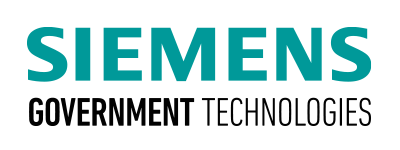Maximize reshoring success
In a recent article published by Siemens through a partnership with Deloitte, Gregory Bowman, Vice President of Corporate Development and Chief Innovation Officer of Siemens Government Technologies, discusses the importance of reshoring and how manufacturing companies can leverage digital twin and digital thread technologies to overcome localization challenges and gain greater control over their supply chains.
The article explores the role of comprehensive digital twin and digital threads—created and supported by the industry-leading technologies and capabilities enabled by Siemens Xcelerator — to help companies successfully reshore in an innovative, affordable, and non-disruptive manner. Combined with the expertise of Deloitte and its Industry 4.0 consulting, no other team offers this level of manufacturing expertise. Whether a manufacturer’s pain points are digital, organizational, or both, this strategic relationship unlocks new capabilities, data, and innovations.
“While localization/reshoring has its share of challenges, the good news is that a comprehensive digital twin of the product, production method, manufacturing line, and structure can dramatically reduce costs, risks, and time,” says Bowman. “Moreover, the data generated will allow key leaders to make critical decisions faster and more accurately before ever bending metal or pouring concrete. Simply put, it allows targeted investments, increased predictability, and maximized flexibility.”
Federal agencies are under mounting pressure to accelerate product innovation, adhere to strict regulatory requirements, optimize resources, and maximize global supply chain effectiveness. Just as in other industries, government organizations can only achieve the required efficiencies, cost reductions and production and procurement speeds through the digital transformation of their manufacturing systems, processes and supply chains.
